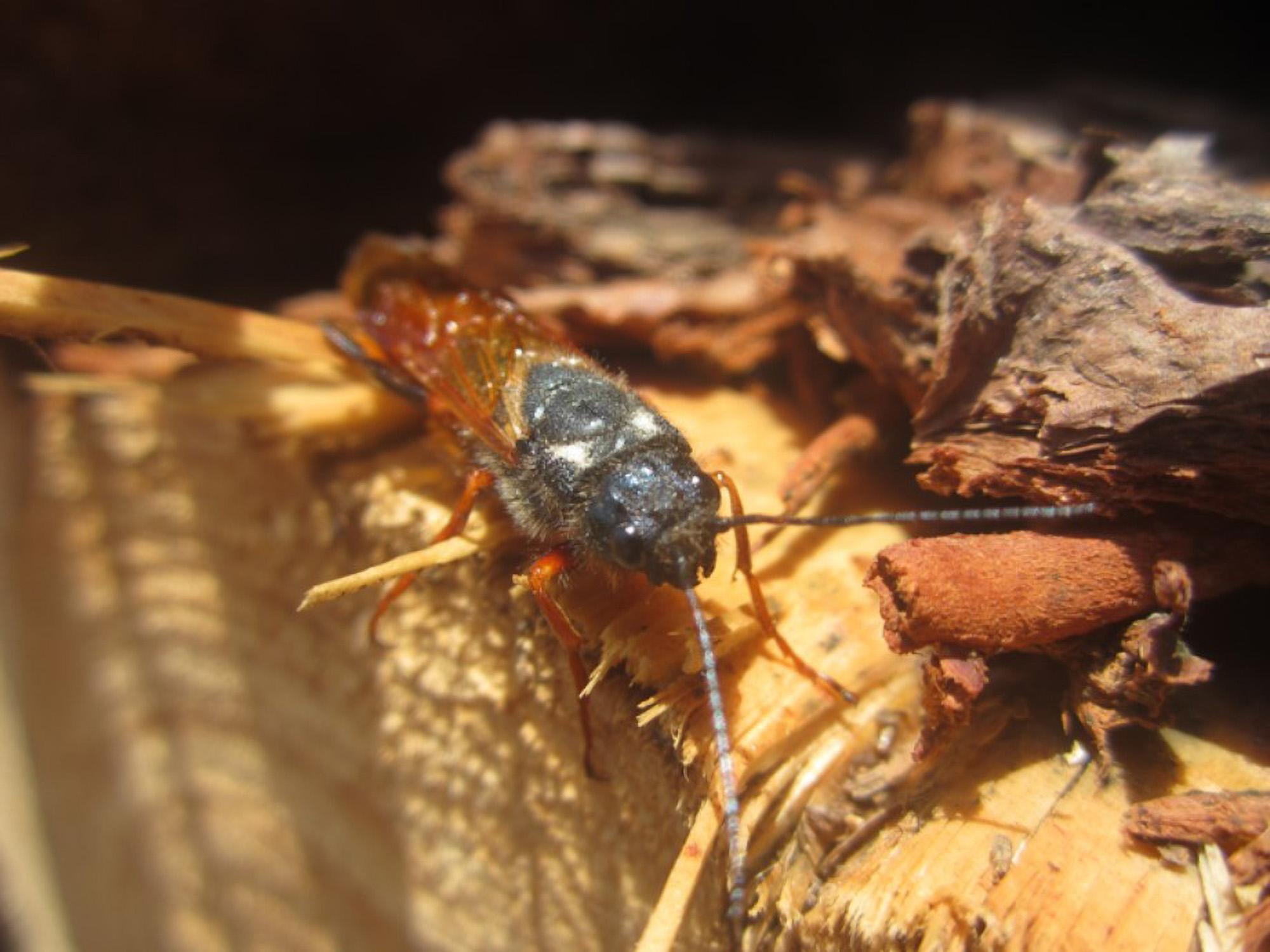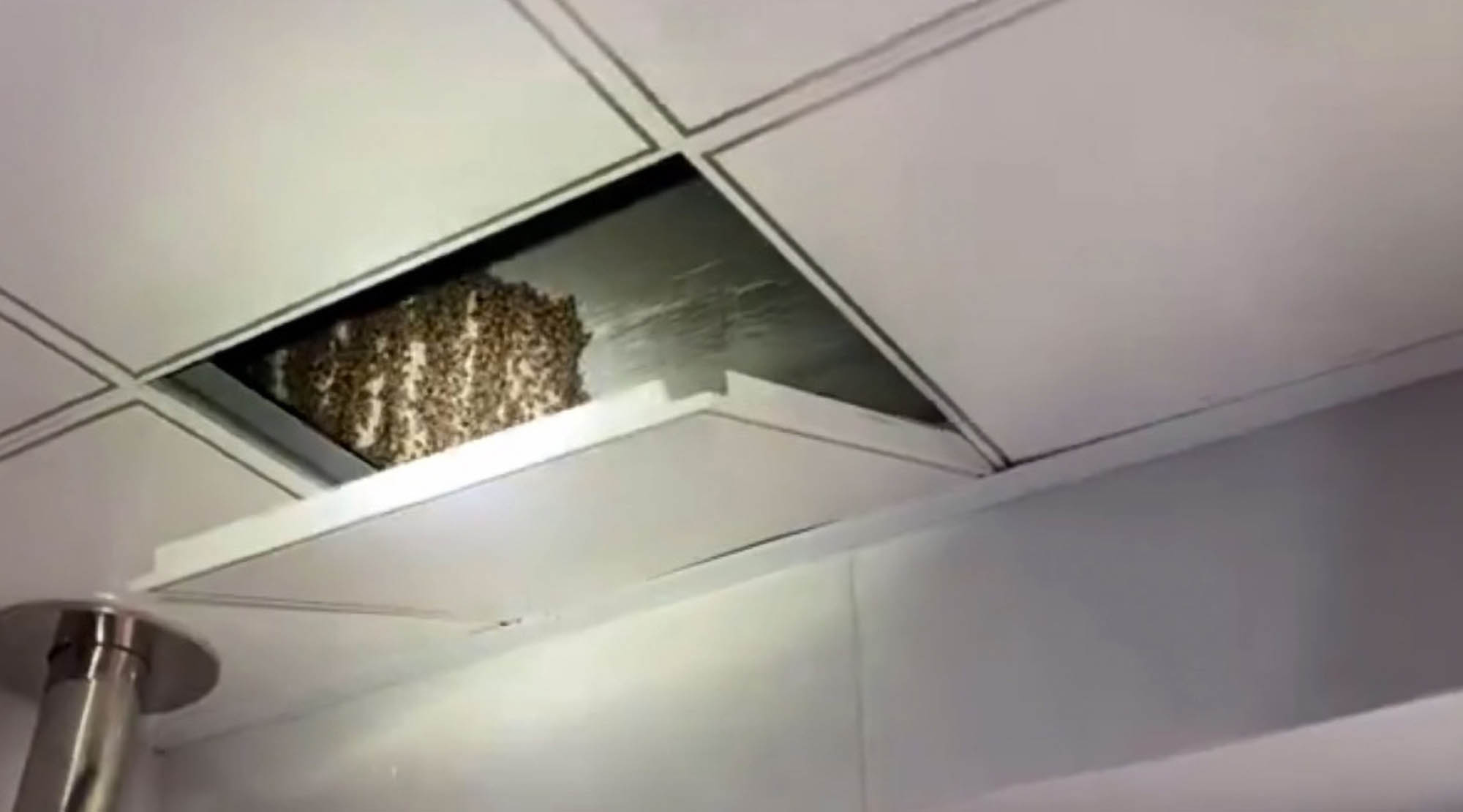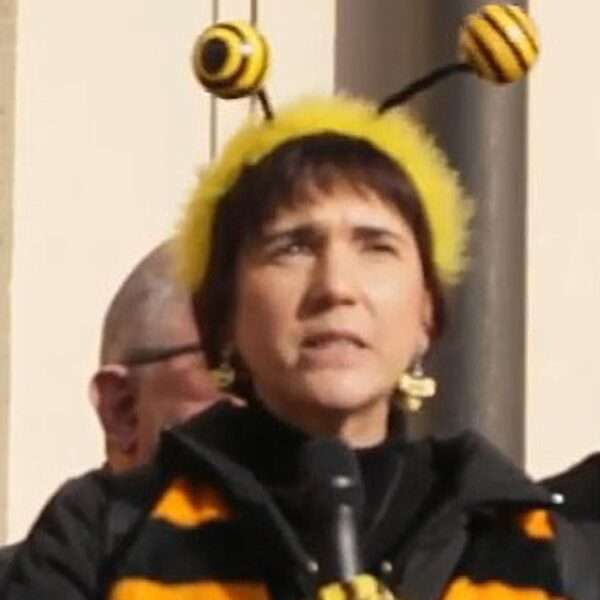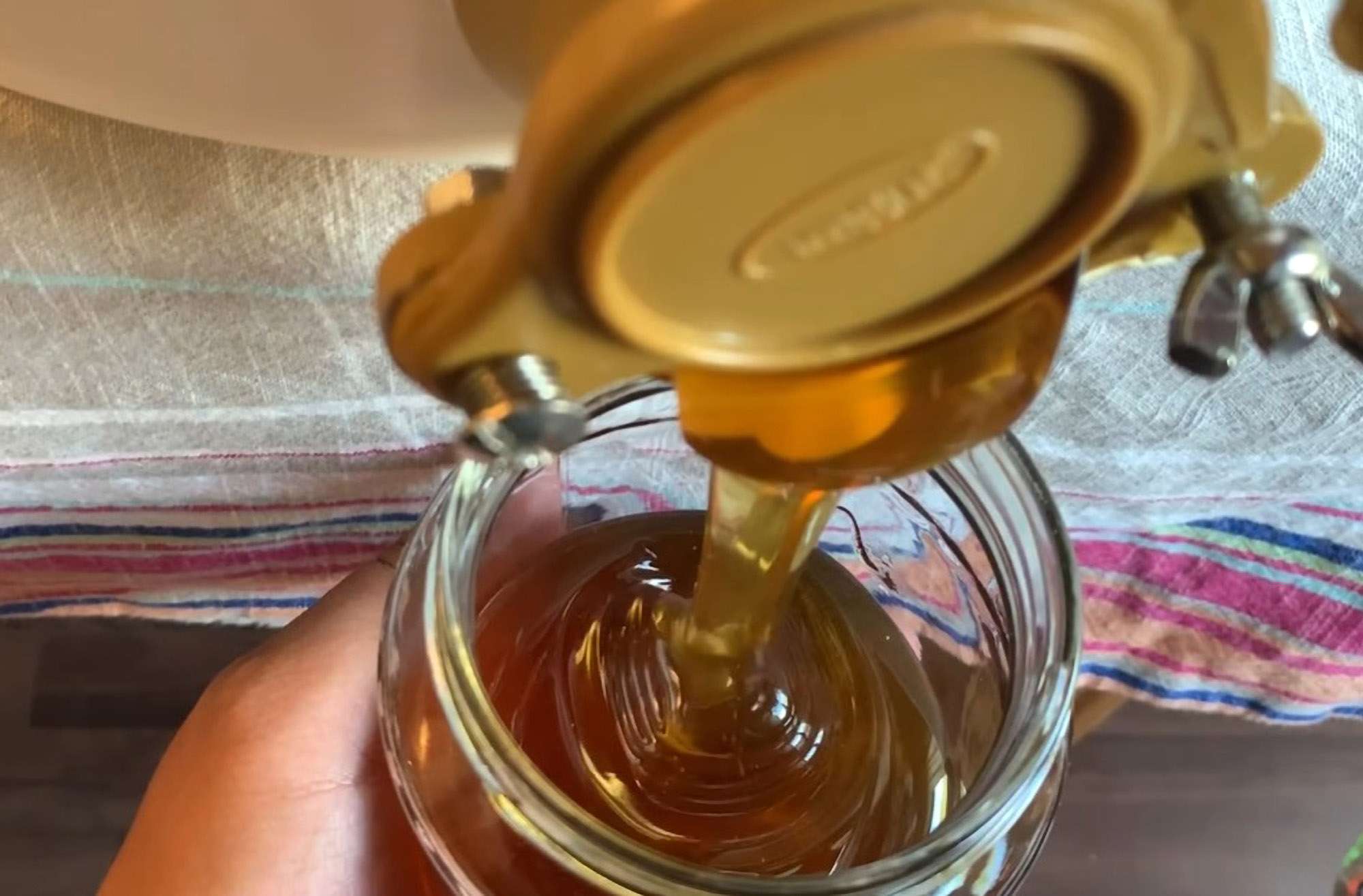A hive with more than 8000 bees has been removed from the side of the 3 World Trade in lower Manhattan, in New York.
The bees were safely relocated to an apple orchard on Saturday due to quick response from NYPD beekeepers who had also removed 15 000 bees from a tree in Queens last month.
The NYPD beekeeping unit was created in 2010 – the same year beekeeping was legalized in the city.
NYC Police beekeeper Darren Mays, a former beat cop who used to keep bees as a pastime, said: “After 2010, we saw a big fluctuation of swarms happening in NYC.”
His team removed 25 000 bees from an awning at a ferry terminal in 2019.
Bee-swarming season in New York is from mid-May through to mid-July and during this time, beekeeping units are called about 4-5 times a week.
It has been a tough year for bees made worse by the global bee population being threatened by a newly discovered deadly virus.
Prof Dr Robert Paxton from Martin Luther University Halle Wittenberg (MLU) in the German city of Halle, Lower Saxony, warns that the latest variant of the Deformed Wing Virus has the potential to wipe out honey-bee populations all over the world.
Paxton heads the university’s General Zoology. The renowned expert on honey bee and wild bee diseases warned: “The Deformed Wing Virus is arguably the biggest threat to honey bees right now. Our lab research has shown that the new, highly contagious variant is killing bees faster.”
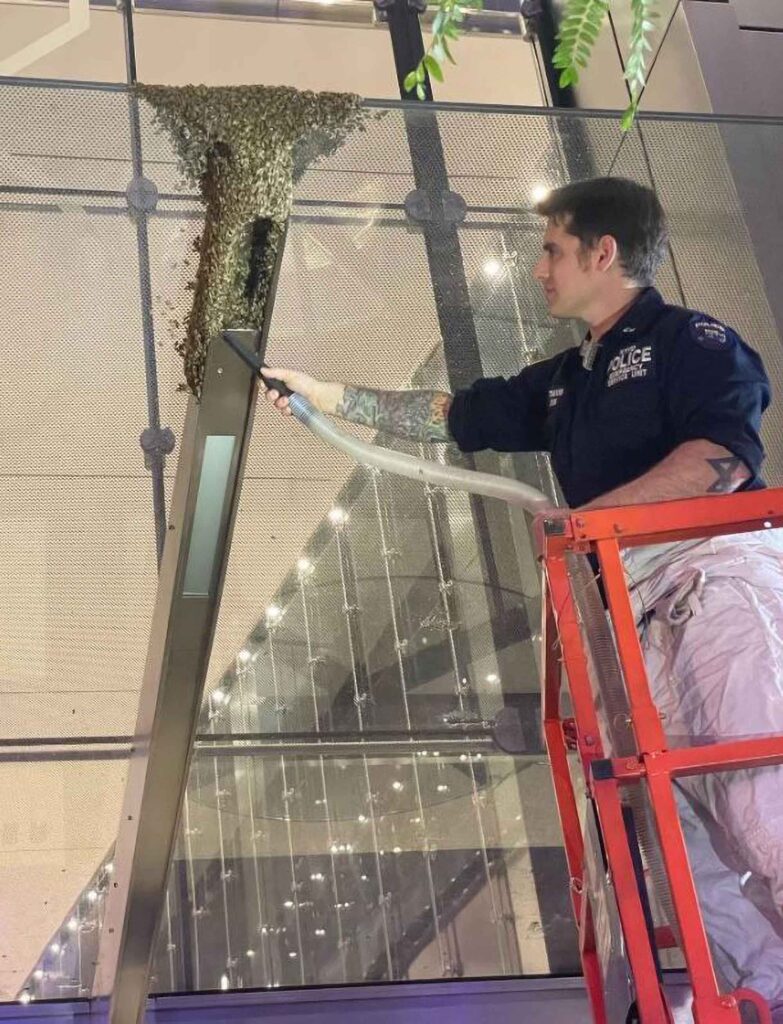
The virus variant – which causes serious damage to the insects’ wings before killing them eventually – has been detected by an international group of researchers who have been analysing virus variants over the past 20 years.
The new variant of the virus is spread by varroa mites which are widely considered one of the biggest threats to honey bees in the world. These mites invade hives and reproduce by laying eggs on pupa.
Paxton warned: “Mites don’t just spread viruses. They also eat bee pupa.”
Honey bees are social flying insects known for their construction of perennial colonial nests from wax, the large size of their colonies, and surplus production and storage of honey.
Only eight surviving species of honey bee are recognised, with a total of 43 subspecies. However, honey bees represent just a small fraction of the roughly 20,000 known species of bees.
The best-known honey bee is the western honey bee (Apis mellifera), which has been domesticated for honey production and crop pollination. The only other domesticated bee is the eastern honey bee (Apis cerana), which occurs in South Asia.
The varroa mite, excessive usage of insecticides, construction projects and one-crop agriculture are considered the major threats to the existence of honey bees. T4/Newsflash


